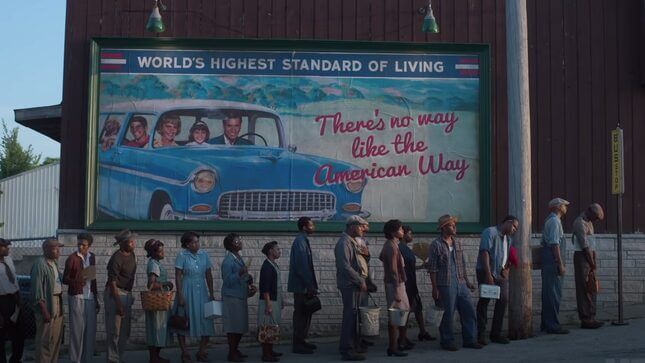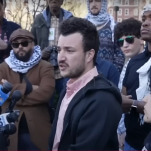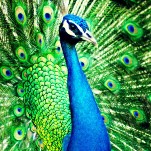

In the new HBO show Lovecraft Country, stark lines are drawn between markedly different worlds. Neighborhoods, buses, and ice-cream store counters are segregated Black and white. A county-line delineates the space in which a Black man can be legally lynched before sundown. And a portal opened in the middle of a spooky mansion by an immortality-seeking wizard marks the difference between present-day life on Earth and biblical Paradise.
-

-

-

-

-

-

-

-

-

-

-

-

-

-

-

-

-

-

-

-

-

-

-

-

-

-

-

-

-

-

-

-

-

-

-

-

-

-

-

-








































